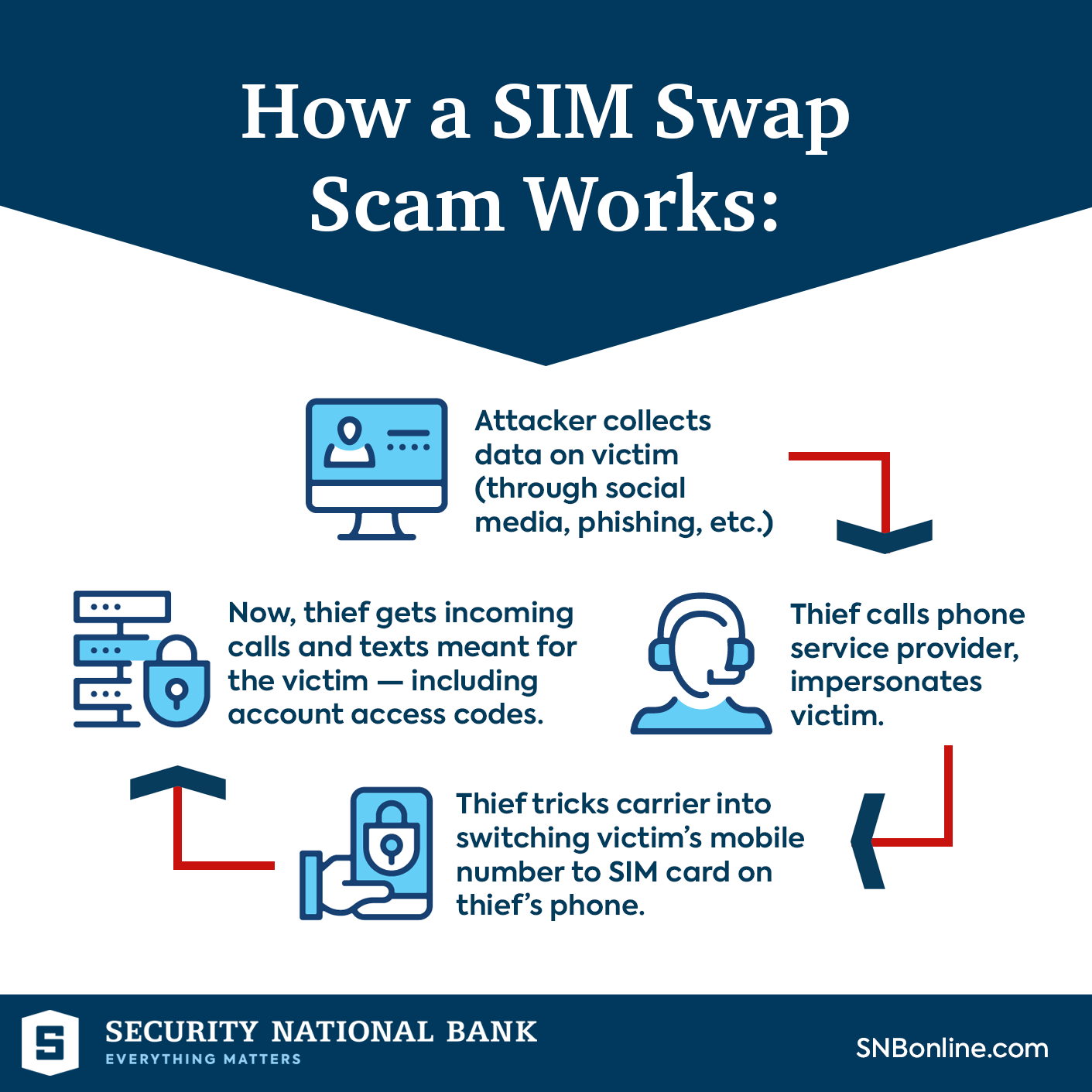Free Courses Sale ends Soon, Get It Now


Free Courses Sale ends Soon, Get It Now



Disclaimer: Copyright infringement not intended.
Context
The 'SIM swap scam' has emerged as a sophisticated cybercrime technique aimed at gaining unauthorized access to individuals' bank accounts and financial information.
Details
Understanding the Basics
Understanding the SIM Swap Scam
Warning Signs of a SIM Swap Scam
Techniques Employed by Scammers
Impact and Consequences of SIM Swap Scams
Prevention and Protection Measures
|
PRACTICE QUESTION Q. Discuss the phenomenon of the SIM swap scam, highlighting its intricate mechanisms and the implications of this cyber fraud on individuals and financial institutions. Elaborate on the preventive measures that can be adopted to mitigate the risks associated with the SIM swap scam, emphasizing the role of public awareness and technological vigilance in ensuring cybersecurity. (250 Words) |
© 2024 iasgyan. All right reserved